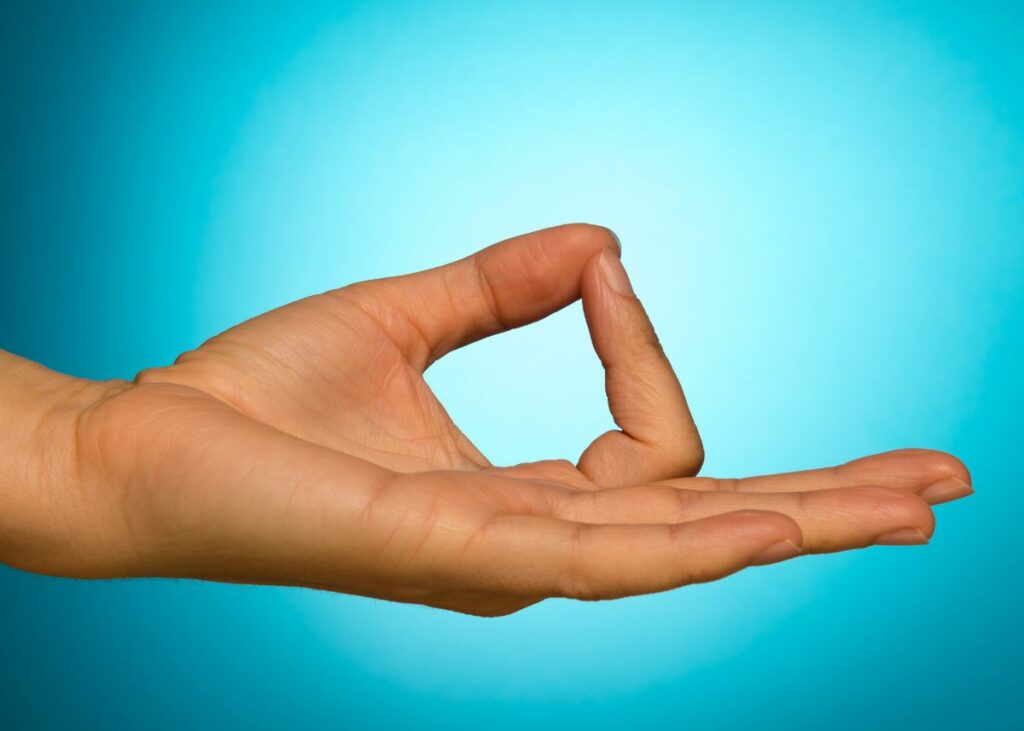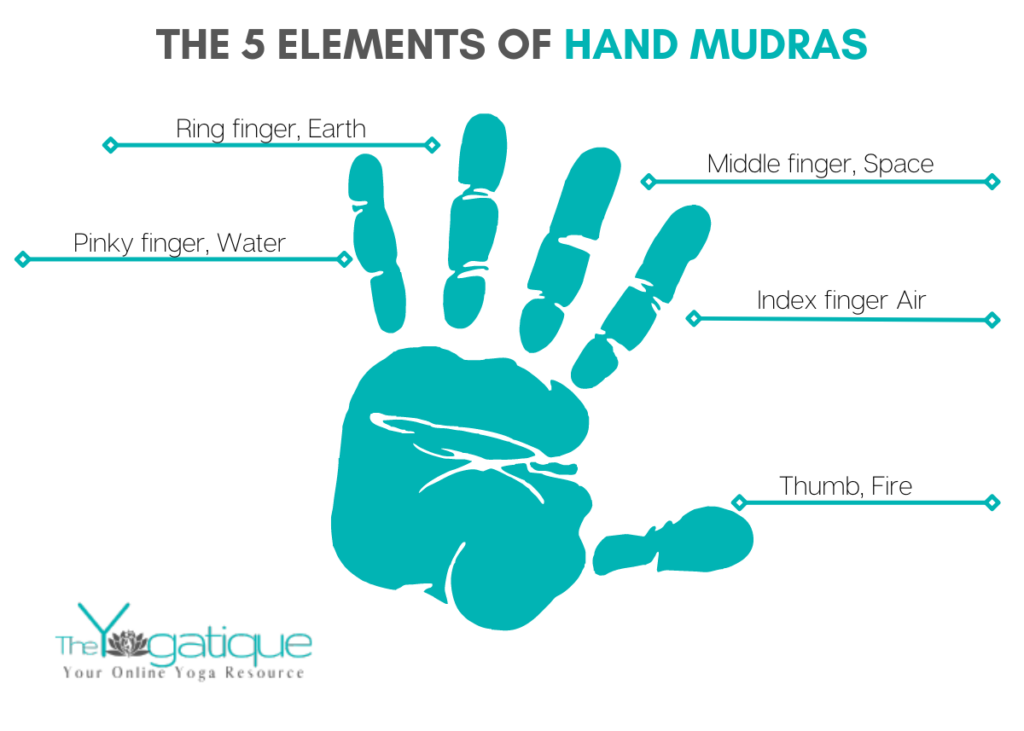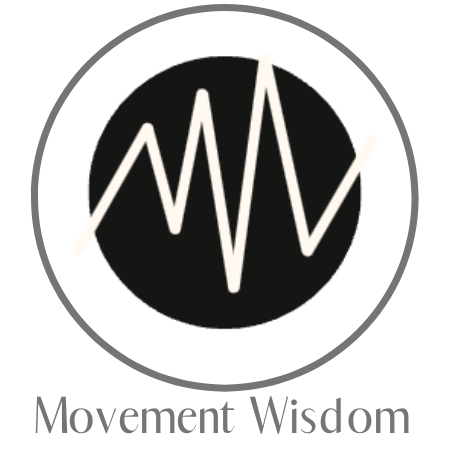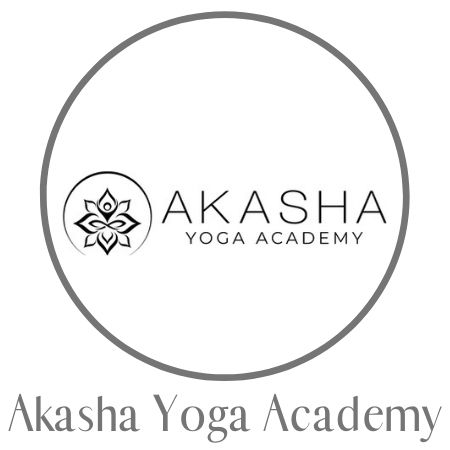I have been practicing yoga for a decade now. Like many, I initially assumed yoga was a series of exercises (standing postures/asana). As I came back to my yoga practice week after week, I quickly discovered that yoga is practiced in many forms, including practicing hand mudras like Gyan mudra.
In this article, we’re exploring one of the most familiar mudras in the yoga world. One that promotes the flow of life energy and brings balance. Let’s discover the benefits of Gyan mudra and how it contributes to your holistic development.
Article content:
(Click any link below to jump directly to section)
What is Gyan mudra?
Gyan mudra (guy-anh moo-drah) is a well-known hasta mudra (hand gesture) in yoga and is found across Yogic, Buddhist, and Hindu practices. It has been practiced for thousands of years. This sacred hand posture is also known as Chin mudra, Jnana mudra, and Gyana mudra. It is an important mudra used as a seal that helps direct energy and maintain focus.
Traditionally, Gyan mudra is practiced during meditation. Many practitioners have also used this mudra lying on their back or in a standing yoga pose (asana). I like to use this mudra in Dancer’s Pose (Natarajasana) to help me stay centered and balanced.
“Gyan” is Sanskrit for knowledge or wisdom. Therefore, this hand posture is the mudra of attaining true knowledge like the lord Buddha. It is directly connected to the Root Chakra (Muladhara Chakra). The root chakra energy center governs our sense of stability, security, and inner connectedness.

5 benefits of Gyan mudra
Gyan mudra has many benefits when practiced consistently, including:
- Improves mental well-being – It helps to sharpen concentration and increase memory.
- Enhances focus – It's known to calm a restless mind in moments when you need to study or contemplate a decision.
- Reduces anxiety and anger – It promotes a steady mind and rational thinking.
- Improves gland functions – The tip of the thumb corresponds to the pituitary gland and other endocrine glands. Therefore, using this mudra can improve blood circulation to the pituitary gland.
- Stimulates the third eye – By stimulating your pineal gland, which correlates with the third eye chakra, you can connect you with your higher self.

How to do Gyan Mudra in six steps
Performing Gyan mudra is simple. Here's how to do it in six steps:
- Begin by finding a comfortable seat on the floor. Sitting on the floor will help you cultivate a grounded energy found in your root chakra. I suggest sitting in an easy cross-legged seat (Padmasana).
- Place your hands on your knees. Have your palms facing up.
- Bring the tip of your index finger to the tip of your thumb in both hands. Apply gentle pressure and form a circle. Keep the remaining three fingers outstretched.
- Gently close your eyes. Direct your eyes’ attention to the space between your eyebrows–your third eye.
- Bring your focus to your breath. With your lips sealed, breathe through your nostrils. Fill up your lungs with air (life force-Prana) and slowly exhale. Keep your breathing steady and rhythmic.
- Optional: Incorporate your Ocean Breath (Ujjayi Pranayama). This is a whispering breath. It is activated by gently constricting the muscles in the back of your throat. The audible breathing technique will improve focus.
Keep in mind a simple and common mistake: do not bend your thumb. Your index finger should approach your thumb. Not the other way around.
What this yoga hand symbol represents
Essentially, Gyan mudra symbolizes the union of self and the divine universe. Our thumbs represent consciousness, and our index fingers represent our individual soul.
Bringing together the thumb and index finger, these two realities–is a symbol of the yogic philosophy. Our practice of evolving from darkness to light.

⬇Yoga Alliance registered yoga teacher trainings you should look into⬇
When and how to use Gyan mudra
In yoga, the optimal time to practice mudras is between 4 a.m. and 6 a.m. To experience their various benefits, maintain a regular practice of 30 minutes daily for two months.
Traditionally, mudras are practiced seated. But It can also be practiced in standing yoga postures (asanas). Sometimes, I get creative and incorporate this mudra while I practice Dancer’s Pose (Natarajasana).
The 5 elements of hand mudras
Yoga mudras are hand gestures. Using your fingers, you make shapes with your hands. When one of your fingers touches your thumb tip, a circuit is complete, and you’re now holding a mudra. This invigorates subtle energies and pathways in your body, and some can even open your heart chakra.
In Ayurveda, the physical body is believed to consist of five elements, each of which is connected to a finger:
- Earth (Ring finger)
- Air (Index finger)
- Fire (Thumb)
- Water (Pinky finger)
- Sky (Middle finer)

Takeaway
Gyan mudra is a simple hand posture that can have a profound effect on your yogic practice. This hand posture that forms the shape of a circle has been practiced since ancient times. It has been used to promote focus and concentration during practice.
Learn about other mudras like Prana Mudra and Prithvi Mudra to dive deeper into this ancient practice.
Some online yoga studios, online yoga teacher training programs, and brands that we write about may offer us a small commission should you decide to make a purchase or signup after reading our content. Thank you for enabling us to exist!












